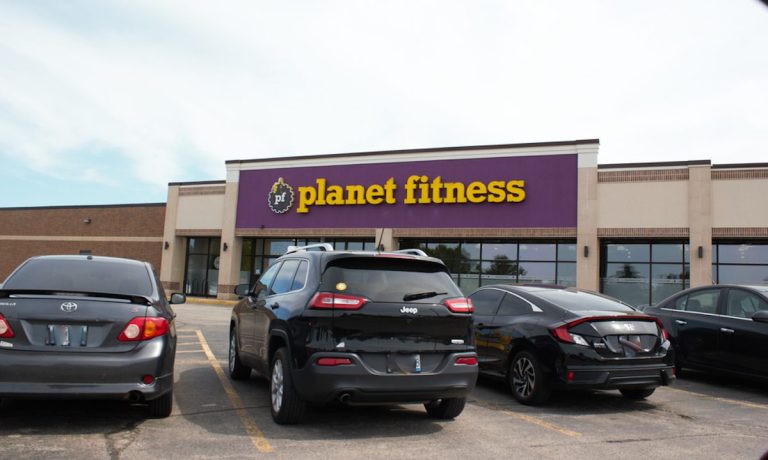Peloton’s Fall, Planet Fitness’ Rise Suggest Connected Fitness Boom Is Over

In early 2020, almost overnight, people’s houses were transformed from just being a home to also serving as the office, the happy hour locale and the gym — a boon for Peloton and other companies that were ready to step in and help provide consumers with a connected fitness experience, despite closures and public health orders.
Now, 19 months later, it seems the party may be over. Peloton this week told analysts and investors that it has seen a greater-than-anticipated decline in website traffic levels over the past two months and a slower-than-expected pickup in retail showroom traffic despite relaunching its treadmill product and lowering the price of its original bike by $400. Engagement per subscription is also down to 16.6 workouts per month versus 19.9 in the three months that ended June 30 and 20.7 a year ago.
This, combined with ongoing supply chain challenges across nearly every industry, led Peloton to lower expectations for subscription growth and revenue for the 2022 fiscal year, just over two months after releasing its previous estimates.
See more: Peloton Sales Growth Slows Amid Softening Demand, Supply Chain Issues
Meanwhile, Planet Fitness — which struggled mightily during the pandemic, as many gyms did — barreled past earnings expectations on Thursday (Nov. 4), with executives noting that membership levels have reached 97% of the company’s all-time peak. Member count rose for the third quarter in a row to 15 million people, up 200,000 compared to the previous quarter.
Planet Fitness CEO Chris Rondeau told analysts that Generation Z is outpacing other age groups in terms of sign-ups, which he said “is notable, as only half of the generation is even old enough to join.”
Peloton stock was down over 30% on Friday (Nov. 5) following the company’s earnings report. Planet Fitness, on the other hand, was up nearly 5%, and saw its share price rise by more than 20% over the course of the week. The Beachbody Company, another connected fitness firm, also saw its stock fall nearly 4% on Friday.
Peloton’s Problems
Over the past several months, Peloton has been steadily rolling out new products to keep consumers engaged, likely knowing that explosive growth can’t last forever. The company launched a corporate wellness program over the summer and a private-label line of apparel in September. Peloton has also reportedly been developing wearable tech, such as an armband heart rate monitor, and CEO John Foley told analysts to expect more announcements over the coming weeks and months.
Related news: Peloton Plans Content, Product Push in Workplaces With Corporate Wellness Program
At the same time, though, Peloton has been dogged by how it handled recalls of its treadmill products after reports of one death and dozens of injuries caused by the machines. The company, initially resistant to recalling the treadmills, eventually issued a voluntary recall in early May. Several lawsuits have been filed in association with the recalls, and Peloton said last month that it has been subpoenaed by the U.S. Department of Justice and Department of Homeland Security for documents and information related to how the company reported injuries.
Read more: Peloton Subpoenaed by DOJ, DHS Over Reporting of Treadmill Injuries
Looking Ahead
Foley told analysts that he expects Peloton’s first quarter, which ran from July to September, to be the “trough” of the fiscal year, as the company typically sees fewer workouts during the summer months and a spike in the cold winter months, particularly after New Year’s resolutions are set.
“We always expected the engagement to come down slightly coming out of COVID. It’s just the idea that gyms are available, and people can get out of their house,” he said. “They’re not locked down … and there’s only so much we can do to shift that.”
Carl Daikeler, CEO of The Beachbody Company, told PYMNTS in a recent interview that he sees a need for connected fitness for the foreseeable future. “People love their gyms, but they also love the convenience of a hybrid model — exercising at the gym when they have time, but at home the rest of the time,” he said. “That’s why at-home fitness is here to stay.”
Read more: Hybrid Home, Gym Experience May be the Future of Connected Fitness